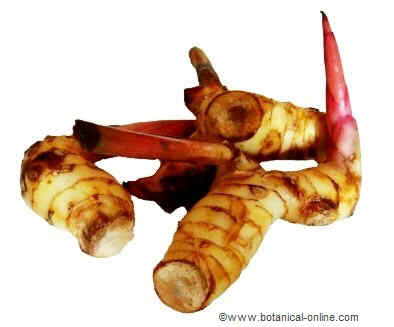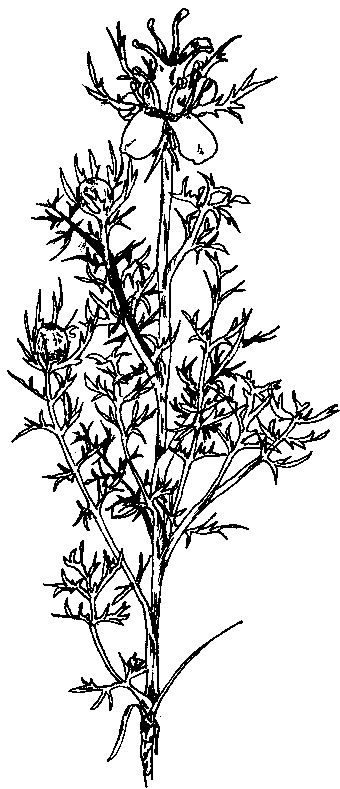Contents
Food intolerance
Differences between an allergy and an intolerance
We must differentiate between an allergic reaction and a food intolerance. They are not the same and they do not have the same consequences.
Allergy characteristics | Intolerance characteristics |
| An allergic reaction never appears the first time a new food is eaten. | When you eat a new food for the first time, it can lead to intolerance. |
| It affects the immune system, mediated by IgE (= Immunoglobulin). It is caused by proteins. | It affects the metabolism, it is not mediated by IgE, nor is it caused by proteins, but by other substances. |
| The symptoms appear in less than an hour and a half after being ingested. | The symptoms appear after several hours or even days. |
| The symptoms are more severe, it can lead to respiratory arrest, anaphylaxis and death. | The symptoms are milder or moderate, it can trigger diarrhea, intestinal pain, vomiting, etc. |
The allergic reaction occurs after ingesting very small amounts of the food. | People with intolerance often tolerate (“no reaction”) small amounts of the food. |
Foods that can cause allergies
Most common foods that usually cause allergies:
- Cow’s milk.
- Eggs.
- Gluten.
- Dried fruits.
- Legumes.

- Fish.
- Seafood.
- Fruit.
- Etc.
Be careful with foods from the same family!
When an allergy to a food appears, we must bear in mind that other foods from the same family (even if they do not physically resemble each other), can cause the same allergy reaction. For example, if we are allergic to mangoes, we may have allergies to other foods in the same family such as cashews. They both belong to the Anacardiaceae family. People who are allergic to soy are very likely to be allergic to peanuts, both foods from the same botanical family, papillionaceae or legumes.
Therefore, it is recommended to consult an allergist, that is, an allergy specialist who informs each patient of the foods that may or may not be related to each other and cause the food allergy.
![]() More information on allergies
More information on allergies









